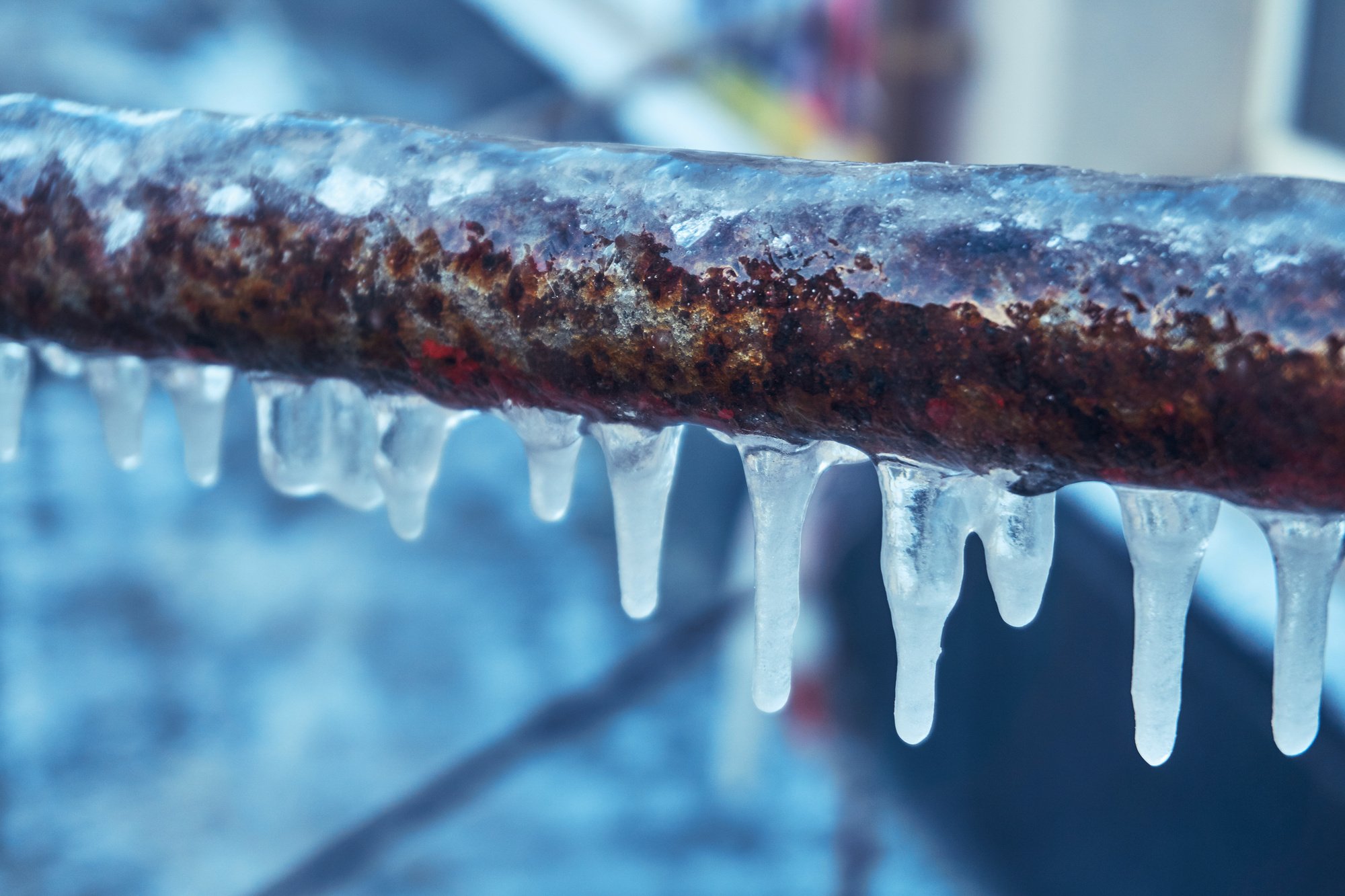We have uncovered this post pertaining to How To Avoid Freezing Pipes listed below on the web and felt it made perfect sense to discuss it with you on this page.

Winter can damage your plumbing, especially by freezing pipes. Here's how to stop it from happening and what to do if it does.
Introduction
As temperature levels decrease, the danger of frozen pipes rises, possibly causing expensive repair services and water damages. Comprehending just how to stop icy pipelines is crucial for homeowners in cold environments.
Recognizing Icy Pipelines
What triggers pipes to freeze?
Pipelines ice up when exposed to temperatures listed below 32 ° F (0 ° C) for prolonged periods. As water inside the pipelines freezes, it increases, taxing the pipe wall surfaces and potentially creating them to rupture.
Risks and problems
Frozen pipelines can result in water system disruptions, residential or commercial property damages, and expensive fixings. Burst pipelines can flooding homes and trigger considerable architectural damages.
Indications of Frozen Piping
Identifying frozen pipelines early can prevent them from rupturing.
Exactly how to determine icy pipelines
Seek lowered water circulation from taps, uncommon smells or noises from pipes, and visible frost on exposed pipelines.
Prevention Tips
Insulating vulnerable pipelines
Cover pipes in insulation sleeves or use warmth tape to secure them from freezing temperatures. Focus on pipelines in unheated or outside areas of the home.
Heating techniques
Maintain interior spaces adequately warmed, especially locations with plumbing. Open cupboard doors to enable warm air to circulate around pipelines under sinks.
Securing Outside Plumbing
Yard hoses and exterior faucets
Separate and drain pipes garden tubes prior to winter season. Mount frost-proof faucets or cover outdoor taps with protected caps.
What to Do If Your Pipelines Freeze
Immediate actions to take
If you believe frozen pipelines, keep taps open to soothe stress as the ice melts. Make use of a hairdryer or towels soaked in hot water to thaw pipelines slowly.
Long-Term Solutions
Structural changes
Consider rerouting pipes far from outside walls or unheated areas. Add additional insulation to attic rooms, cellars, and crawl spaces.
Updating insulation
Purchase high-grade insulation for pipelines, attic rooms, and wall surfaces. Appropriate insulation assists preserve regular temperature levels and decreases the danger of frozen pipes.
Verdict
Protecting against icy pipelines requires proactive actions and quick responses. By recognizing the reasons, signs, and safety nets, home owners can safeguard their plumbing throughout cold weather.
5 Ways to Prevent Frozen Pipes
Drain Outdoor Faucets and Disconnect Hoses
First, close the shut-off valve that controls the flow of water in the pipe to your outdoor faucet. Then, head outside to disconnect and drain your hose and open the outdoor faucet to allow the water to completely drain out of the line. Turn off the faucet when done. Finally, head back to the shut-off valve and drain the remaining water inside the pipe into a bucket or container. Additionally, if you have a home irrigation system, you should consider hiring an expert to clear the system of water each year.
Insulate Pipes
One of the best and most cost-effective methods for preventing frozen water pipes is to wrap your pipes with insulation. This is especially important for areas in your home that aren’t exposed to heat, such as an attic. We suggest using foam sleeves, which can typically be found at your local hardware store.
Keep Heat Running at 65
Your pipes are located inside your walls, and the temperature there is much colder than the rest of the house. To prevent your pipes from freezing, The Insurance Information Institute suggests that you keep your home heated to at least 65 degrees, even when traveling. You may want to invest in smart devices that can keep an eye on the temperature in your home while you’re away.
Leave Water Dripping
Moving water — even a small trickle — can prevent ice from forming inside your pipes. When freezing temps are imminent, start a drip of water from all faucets that serve exposed pipes. Leaving a few faucets running will also help relieve pressure inside the pipes and help prevent a rupture if the water inside freezes.
Open Cupboard Doors
Warm your kitchen and bathroom pipes by opening cupboards and vanities. You should also leave your interior doors ajar to help warm air circulate evenly throughout your home.

I recently found that post on How to Prevent Your Pipes From Freezing when doing a search on the web. Those who enjoyed reading our blog posting kindly don't forget to pass it around. Thank you for being here. Revisit us soon.
This Website